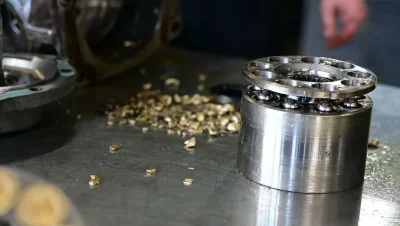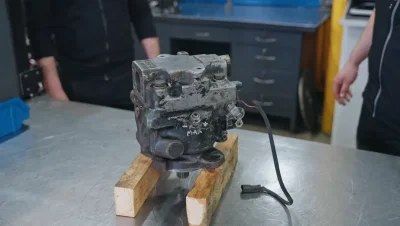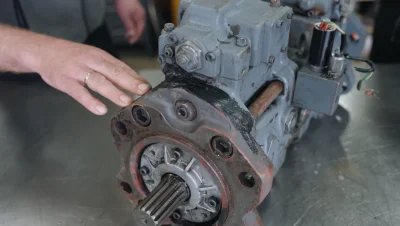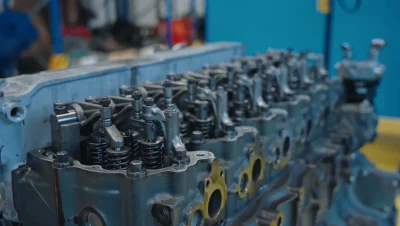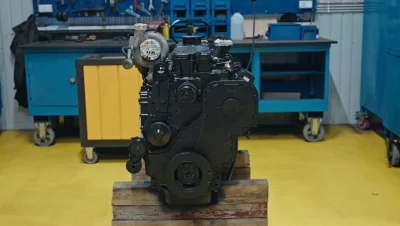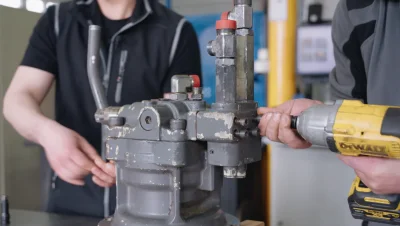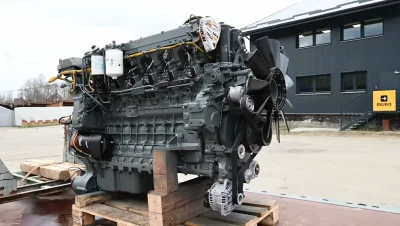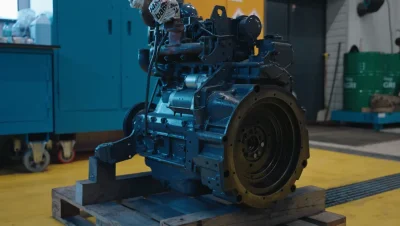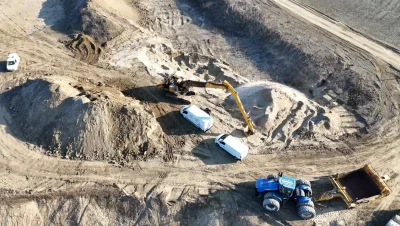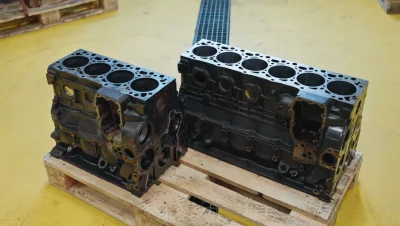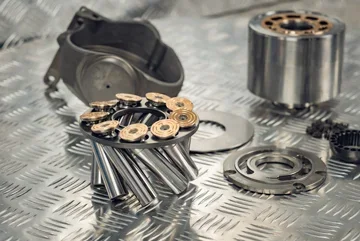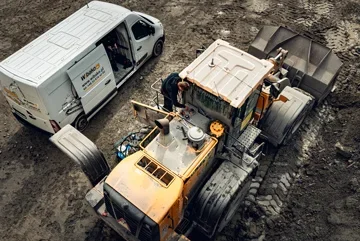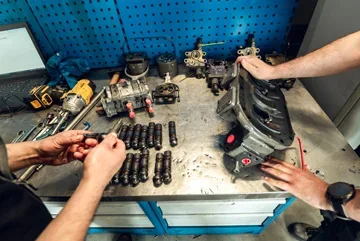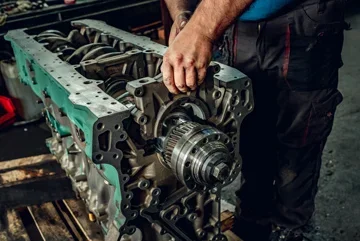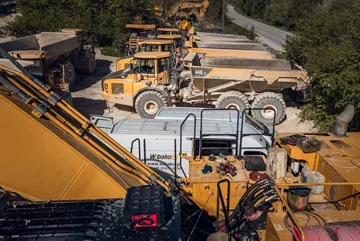Introduction
In the 90s of the last century, a real revolution took place. Very modern fuel injection systems appeared, which instantly found their place in the engines powering construction machinery.
The Common Rail system guarantees high efficiency and low fuel consumption as well as good work culture. Unfortunately, despite many years of its use, it can still cause serious problems. Therefore, correct diagnosis of electronically controlled engines is so important.
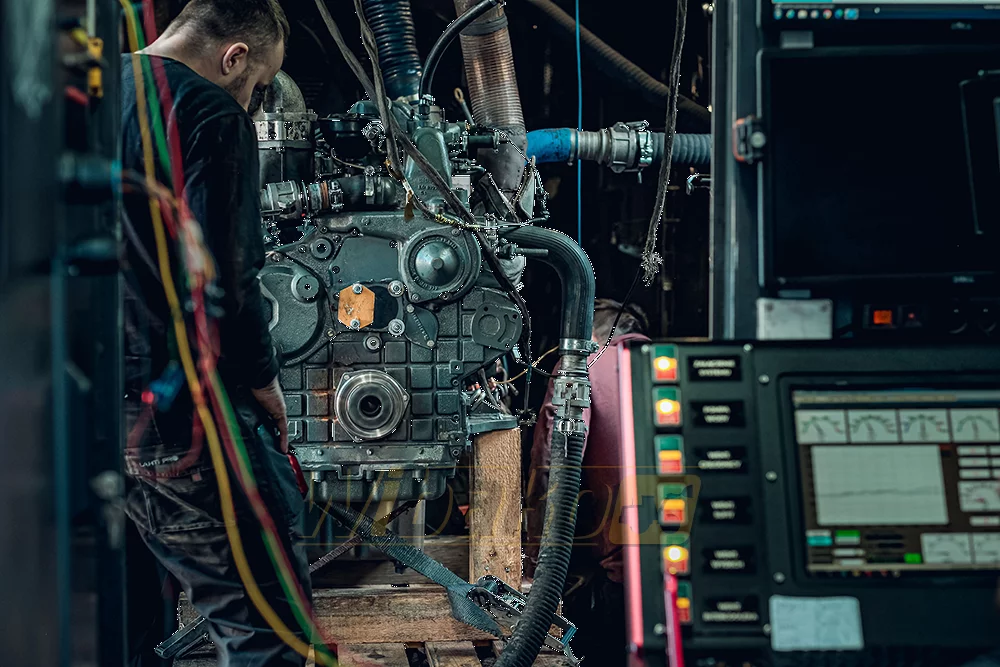
It's worth checking the technical documentation
The technical documentation of each machine contains detailed information about its operation and error tables that may occur during operation.
You need to familiarize yourself with this in order to correctly interpret each error later - whether it is displayed on the display in the cabin (in a newer machine), or given in the form of a light signal (then we count the signals and read the applied information from the error table).
However, it is worth knowing that the diagnostic system itself can also fail. Most often we are dealing with a damaged wiring harness. In such a situation, the engine control computer will not recognize the sensors and will return an error, which may misinform the operator. The wiring harness fault is quite easy to detect.
Then the error appears during work and disappears after some time. Usually, only the replacement of the damaged wiring harness helps.
Independent diagnosis of the Common Rail injection system
The operator of a construction machine has the opportunity to check what is really responsible for displaying the error in the injection system. The basis is to exclude very common faults. After the error appears, we stop the machine and check the fuses:
- Air filter
- Exhaust
- Internal combustion engine wiring harness
- Fuel supply line
- Fuel return (with return valve, if present)
- Engine oil condition
- Coolant condition
Only after determining that none of these things are the source of the problem, should you call a specialist service.
By the way, it is worth remembering that some errors are intuitive. For example: an error of too low turbocharging pressure does not necessarily mean that the turbocharger has failed. It can also be the effect of a clogged filter.
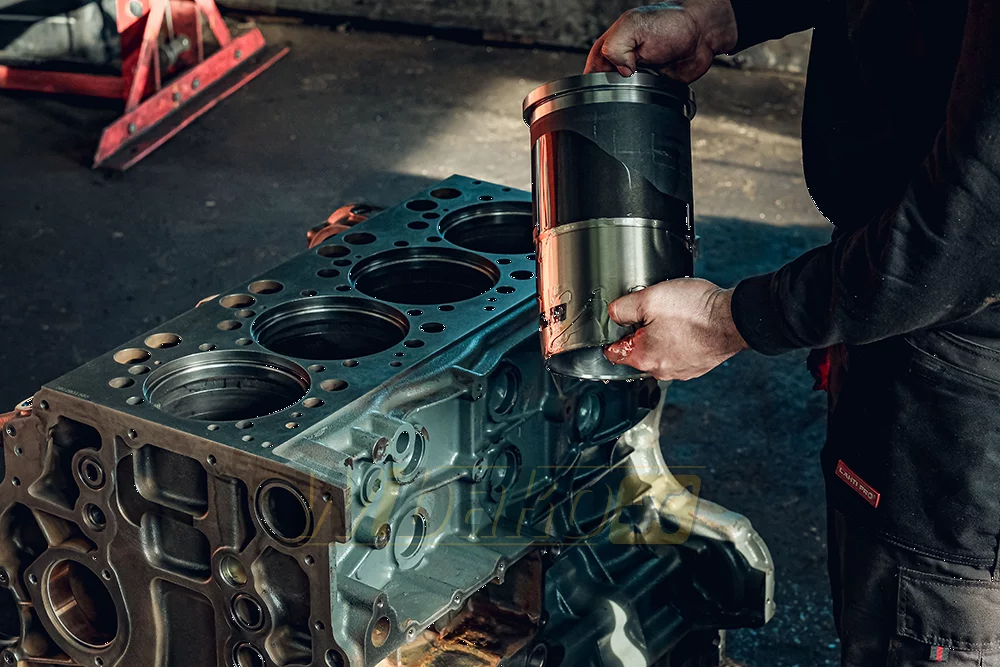
Full diagnosis only in the service
It should be emphasized that in the case of modern machines with complicated injection systems and advanced diagnostics, there is no question of attempting independent, unprofessional repairs. Such interference can end up with a very serious failure, which will only increase the service costs.
Let's also remember that the Common Rail injection system in engines powering construction machinery can work under very high pressure reaching 2000 bar. Its operation therefore requires knowledge, skills and caution.



